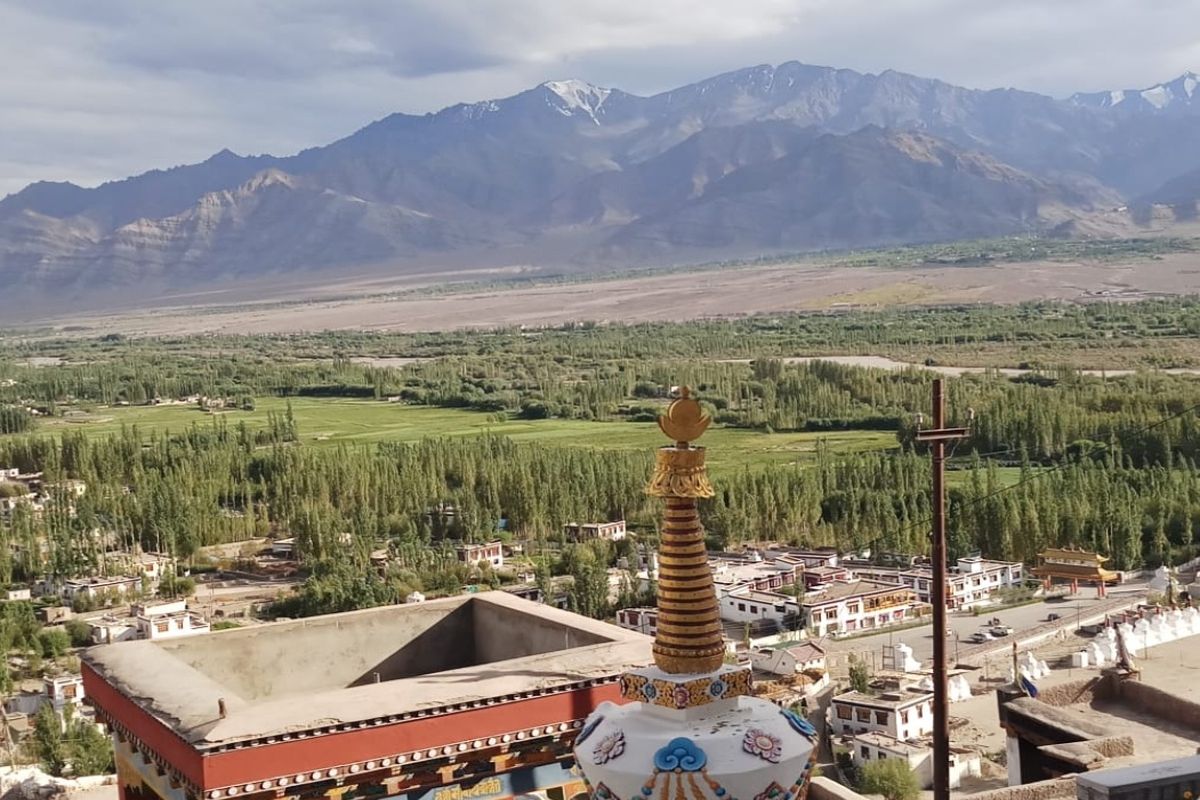In a bid to hard-sell the icons of the 1999 India–Pakistan conflict, Tiger Hill and Batalik, to promote tourism in Kargil, the Jammu and Kashmir government has approached the union home ministry to relax the inner-line permit system to enable foreign and domestic trekkers climb 17 routes that were so far out of bounds for tourists.
These trekking routes are close to the Line of Control (LOC) with Pakistan occupied Jammu and Kashmir (POJK).
Advertisement
Batalik was the main battleground during the Kargil war, whereas the Tiger Hill was the focal point of the conflict from where the Pakistani intruder troops were thrown out in a final assault in June 1999.
The state government has identified 17 trekking routes in the Kargil district of Ladakh for which permission will be sought from the union home ministry.
The decision to seek centre’s nod was taken in a meeting of the State Administrative Council (SAC) which met under the chairmanship of Governor, Satya Pal Malik.
It was decided to take up with the Ministry of Home, Government of India, the opening up of these routes without insisting upon inner line permit.
The trekking routes proposed to be opened include, Faroona-Jasgund via Lasar La, Akshow (Zanskar)-Gulab Garh (Kishtwar), Padum-Gulab Garh (Kishtwar) via Omasila, Padum-Dangale (Padder Valley) via Pot La, Kanore-Batambis-Sapi, Sapi to Rangdum via Rusila and Wakha La, Rangdum-Heniskote via Kanjila, Rangdum-Padum via Pangong La, Padum-Ralakung, Padum-Lamayuru.
The trekking routes proposed to be opened along the LoC areas include Kargil-Lalung-Shahshi Lake – Darchiks/Garkone Broq (Trekking route), Kargil-Hunderman Brok Ridge(LOC Visit), Batalik Junction to Gargardo (apricot Village), Drass-Sumda-Marpola (Tiger Hill Base), National Highway to Kaksar Village (LOC Visit), National Highway to Lato Village (LOC Visit), National Highway to Budgam-Majdass Village (LOC Visit).
One of the major attractions of the Jammu and Kashmir state, particularly in the Ladakh region, is the vast scope it offers for trekking. The trekking avenues available range from short, day-long trek up and down mountain slopes, to long trans-mountain traverses involving a week of trekking and camping in the wilderness.
The south-west flanks for the Ladakh region, particularly the Suru and Zanskar valleys, offer a variety of trekking routes involving the crossing of world’s greatest mountain range through various passes in its crest.
These trekking routes were traditionally used by the locals for trade and travel since ancient times. The cross Himalayan trek passes through a high pass and amidst scenic splendours, wild fauna and flora.
Now that youth across India are inclined more towards adventure activities, these treks along with other cross Himalayan treks can be a well sought after destinations for trekking, said an official spokesman.
The opening of these trekking routes will provide gainful employment to the local population particularly in the Kargil region, and help to showcase the tourism potential of the state.











